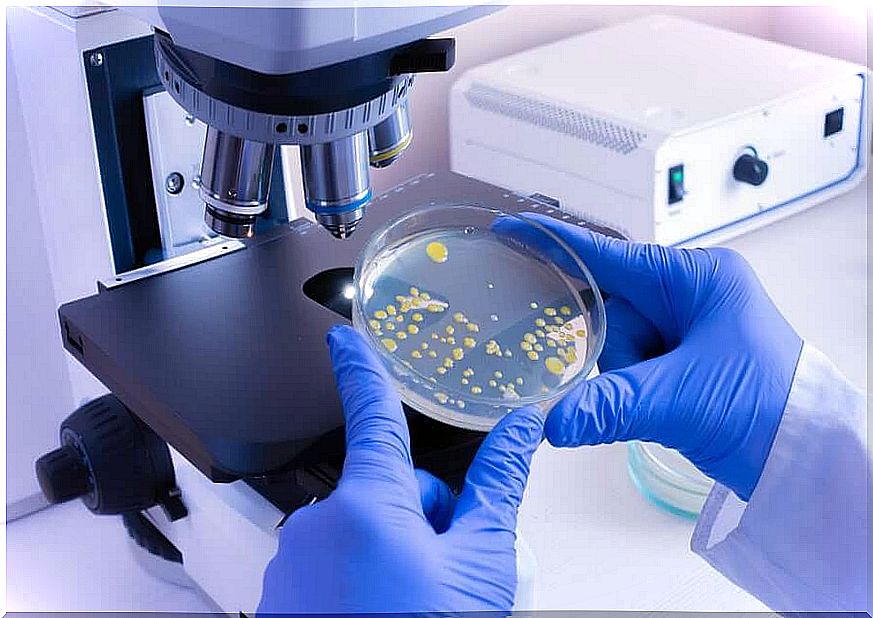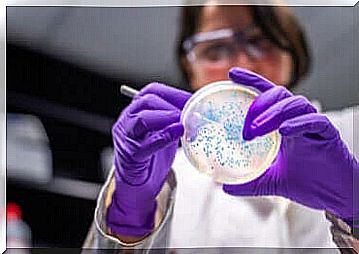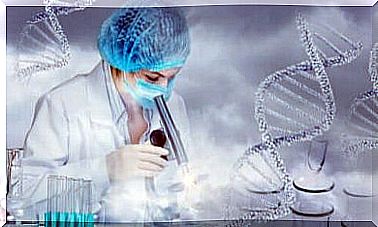What Is The Difference Between Viruses And Bacteria?
Viruses as well as bacteria are pathogens, but they don’t have much more in common. Do you know the differences Today we invite you to learn more about this interesting topic.

Viruses and bacteria are microorganisms that can make us sick. It is not always easy to distinguish these pathogens, but the truth is that they are very different in many areas.
In times of the coronavirus in particular, it is important to know the specific properties of a virus. You can find out how viruses and bacteria differ in today’s article.
General differences between viruses and bacteria
In general, viruses are far more harmful than bacteria because they always cause disease. This is not the case with bacteria: many bacteria that settle in our organism are crucial for our well-being. This is the case, for example, with the bacteria of the microbiota in the digestive area, which, among other things, maintain the pH value.
But not everything is just white and black. Because an unbalanced intestinal flora and certain bacteria also cause diseases. There are also bacteriophages (phages for short), i.e. groups of viruses that specialize in bacteria as host cells. Scientific advances make it possible to use these bacteriophages in the treatment of certain diseases.

What are the structural differences between viruses and bacteria?
Bacteria are considered to be independent microorganisms because they are complex and have the ability to multiply and survive through cell division alone. This is not the case with viruses; they need a host. However, it has not yet been fully researched whether a virus can survive outside a more complex cell.
The size also varies: bacteria are almost 100 times larger than viruses. They are therefore visible with an optical microscope. In order to be able to observe viruses, however, an electron microscope is required.
The difference in size goes hand in hand with complexity, because viruses and bacteria also differ in their “anatomy”. Bacteria have a cell wall in which the cytoplasm, the ribosomes and the genetic material are located. Viruses are usually much more simply structured, however: the protein envelope encloses the genetic material and some viruses also have a virus envelope made of a lipid bilayer.
How do viruses and bacteria affect our health?
Regardless of the bacteria that live in symbiosis with our organism , pathogenic bacteria and viruses can get into the body via the mouth, nose, skin wounds, insect bites or in other ways.
As soon as these pathogens enter our organism , our immune system becomes active, but it cannot always prevent infections or diseases. Viruses damage or destroy cells by invading them to multiply.
However, bacteria consume the resources of our body cells or produce toxic substances. These are known as toxins. Viral infection is usually systemic, but bacterial infections usually begin in a specific area of the body.
The pathologies and symptoms they cause depend on the type of virus or bacteria, the state of the immune system, and the general characteristics of the infected patient.

What are the treatment options for viral or bacterial infections?
Our immune system is responsible for fighting against viral or bacterial infections. The stronger it is, the faster and more efficiently it can control the situation. In addition, we have various “external” help available.
Antibiotics are used against bacteria, which attack the cell wall of these pathogens and disrupt their reproductive mechanism. Each type of bacteria is sensitive to specific antibiotics. Because viruses do not have a cell wall and their own reproductive mechanism, antibiotics are not effective in this case.
In addition to antibiotics, we also have vaccinations available. These can work against viruses as well as bacteria. They are made from dead microorganisms or fragments of inactive microorganisms. These activate our immune system and enable it to react faster to these specific pathogens against which the person in question has been vaccinated in the event of an infection.
Because viruses mutate much more quickly and easily to adapt to their host, it is much more difficult to develop vaccine that is efficient in the long term. One example of this is the flu: every year a new vaccine has to be developed to protect people from the mutating flu virus.
We also have antiviral drugs at our disposal to fight viruses. These work in a similar way to antibiotics, but they concentrate their effects on the different parts of the virus.
In a nutshell: what you should know
Even if the clinical picture and symptoms of viral and bacterial infections can be similar , these two pathogens have little in common. If you suspect an infection, you should get a medical diagnosis as soon as possible. Your doctor can then institute the right treatment to help you.









